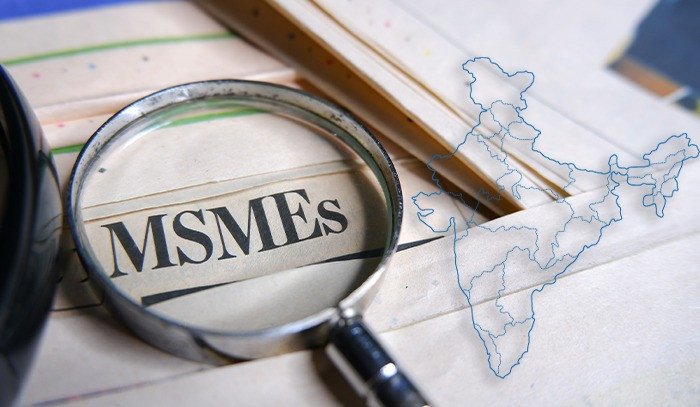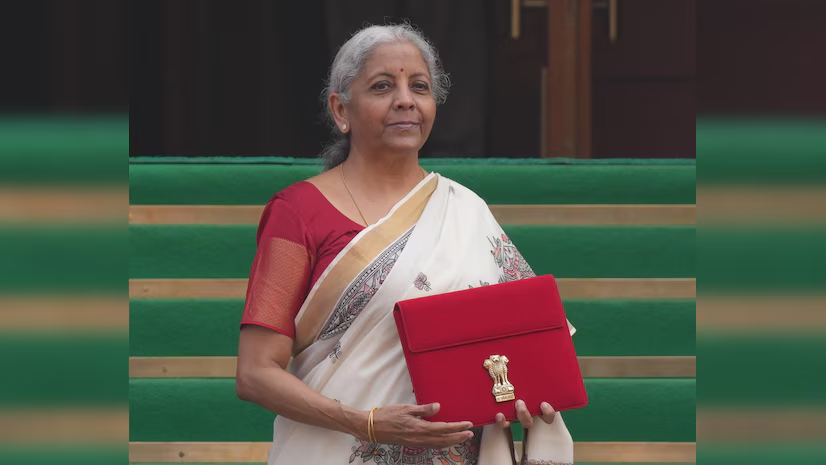Share

By addressing the credit gap, decentralisation and smart lending help enterprises scale up and create jobs. The central credit system and rating standards came under fathomable criticism in the aftermath of the global financial crisis of 2007. The decentralisation of credit systems and smart lending with the advent of digital solutions gained credible relevance in the past decades. The Indian economy, one of the fastest growing in the world, has long been driven by the contributions of Small and Medium Enterprises (SMEs) and Micro, Small and Medium Enterprises (MSMEs). Accounting for nearly 30% of India’s GDP and employing over 110 million people, this sector is the backbone of the nation’s economic framework. However, access to timely and affordable credit remains a significant challenge for these enterprises, hindering their growth potential. In recent years, the decentralisation of credit and the advent of smart lending technologies as fintech innovative solutions, have emerged as transformative solutions, promising to bridge the gap and fuel economic growth. According to a 2023 report by the Reserve Bank of India (RBI), the credit gap for MSMEs in India is estimated to be around $330 billion. Traditional banking systems often fail to cater to the unique needs of these enterprises due to stringent collateral requirements, lengthy approval processes and a lack of credit history. As a result, nearly 80% of MSMEs rely on informal sources of credit, which come with exorbitant interest rates and limited scalability. Decentralisation of credit refers to the distribution of financial services away from traditional banking institutions to alternative lending platforms, including fintech companies, peer-to-peer (P2P) lending platforms and blockchain-based solutions. This shift is empowering SMEs and MSMEs by providing them with faster, more flexible and inclusive access to credit.
The RBI has played a key role in fostering this transition. In 2017, it introduced guidelines for P2P lending platforms, recognising them as Non-Banking Financial Companies (NBFCs). This move has led to the proliferation of platforms, which have collectively disbursed over Rs 5,000 crores to Indian MSMEs as of 2023. Additionally, the RBI’s regulatory sandbox framework has encouraged innovation in smart lending technologies. Startups are leveraging artificial intelligence (AI), machine learning (ML), and blockchain to assess creditworthiness, reduce fraud and streamline loan disbursement. Platforms now use AI-driven algorithms to analyse alternative data sources such as GST filings, utility payments and social media activity to offer tailored credit solutions to SMEs. Smart lending leverages cutting-edge technologies to make credit assessment and disbursement more efficient and inclusive. Key tools include digital lending platforms – These platforms use AI and ML to analyse vast amounts of data, enabling lenders to make informed decisions in real time. For example, the Government’s PSB Loans in 59 Minutes initiative has sanctioned over Rs 1.5 lakh crores to MSMEs since its launch in 2018. Blockchain technology ensures transparency and security in lending processes. The RBI is exploring the use of blockchain for trade finance, which could revolutionise supply chain financing for MSMEs. Launched in 2021, the Account Aggregator framework allows seamless sharing of financial data between lenders and borrowers; adoption of the framework has helped to reduce paperwork and improve credit accessibility. Over 1.1 billion accounts have been linked through this system. Unified Payments Interface (UPI) has transformed digital payments in the country, enabling SMEs to receive payments faster and improve their cash flow. In 2023, transactions through UPI crossed Rs.18 lakh crores, highlighting its widespread adoption.
Impact and challenges:
The decentralisation of credit and smart lending is not just transforming the MSME sector but also contributing significantly to India’s economic growth. By addressing the credit gap, these initiatives are enabling SMEs to scale operations, innovate and create jobs. According to a report by the Ministry of MSMEs, every Rs 1 lakh invested in the sector, generates employment for 1.5 people, highlighting its potential to drive inclusive growth. Moreover, the adoption of digital lending platforms is expected to boost India’s GDP by 1.5% by 2025, as per a study by the Boston Consulting Group (BCG). This growth will be fuelled by increased productivity, reduced operational costs and enhanced financial inclusion. Despite the progress, there are challenges. Cybersecurity threats, data privacy concerns and the digital divide in rural areas are significant hurdles. To address these issues, the RBI and the Government must continue to strengthen regulatory frameworks, promote digital literacy and invest in infrastructure. Collaboration between traditional banks, fintech companies and Government agencies will be crucial in creating a robust ecosystem for decentralised credit. Additionally, fostering innovation through initiatives such as the RBI’s regulatory sandbox and the Government’s “Atmanirbhar Bharat” programme will ensure that Indian SMEs and MSMEs remain competitive on the global stage. With the support of the RBI, Government initiatives and innovative fintech solutions, these enterprises are poised to unlock their full potential, driving economic growth and creating a more inclusive financial ecosystem. As India marches towards its vision of becoming a $5-trillion economy, empowering its MSME sector will be key to achieving this ambitious goal.
Source : https://www.deccanherald.com/opinion/how-decentralised-credit-enables-smes-msmes-3505337
Related Posts
SEARCH SMECONNECT-DESK
RECENT POST
- Is cybersquatting threatening your brand?
- How decentralised credit enables SMEs, MSMEs
- India Unveils New Electronics Manufacturing Scheme to Boost Global Role:
- Indian Passport Update: Modi Govt. brings new changes, imposes stricter…, DOB, parents’ name, address and…
- Here are 12 Business Founders to keep an eye on in 2025:



